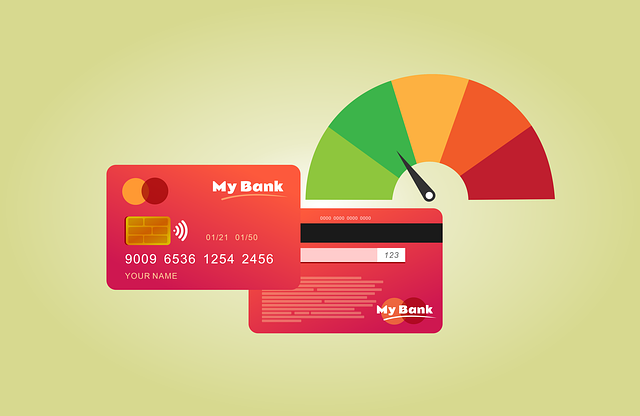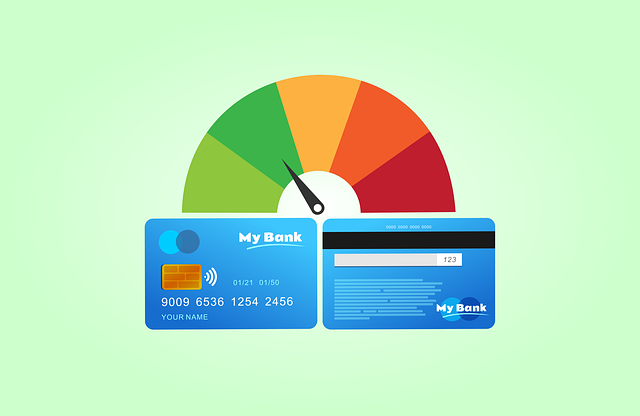In real estate, a healthy financial profile is key for investors and homeowners. The debt utilization ratio, measuring available credit usage, is crucial for understanding financial stability. Maintaining this ratio below 30% signifies discipline, enabling access to more capital for growth opportunities, favorable loan terms, and investment in multiple properties. Effective debt management through budgeting, prioritizing high-interest debts, and leveraging assets like refinancing helps achieve and sustain a low ratio, providing a competitive edge in the real estate market while offering protection during economic downturns.
In the dynamic world of real estate, maintaining financial prudence is paramount. A central metric to monitor is the debt utilization ratio—a powerful indicator of an investor’s financial health. This article delves into the intricacies of understanding and managing this ratio, offering strategic insights for real estate investors seeking to optimize their debt position. By exploring effective reduction tactics and highlighting the substantial benefits of a healthy ratio, we empower investors to navigate the market with confidence and ensure long-term success in their real estate ventures.
Understanding Debt Utilization Ratio: The Key to Financial Health in Real Estate

In the realm of real estate, maintaining a healthy financial profile is paramount for investors and homeowners alike. A crucial metric to monitor is the debt utilization ratio, which reveals how much of your available credit you’re utilizing. This simple yet powerful indicator plays a significant role in gauging your financial health and stability, especially when it comes to real estate investments.
By understanding debt utilization, real estate professionals can make informed decisions about borrowing strategies. A low debt-to-income ratio suggests financial prudence, allowing for greater flexibility in managing mortgage payments alongside other expenses. This is particularly beneficial in the dynamic market of real estate, where unexpected fluctuations can impact cash flow. Keeping this ratio in check enables investors to navigate challenges and seize opportunities with confidence.
Strategies to Reduce and Maintain Low Debt Utilization Ratio

To reduce and maintain a low debt utilization ratio, individuals can employ several effective strategies. One key approach is to create a detailed budget that tracks income and expenses meticulously. This allows for better understanding of spending habits and identifying areas where reductions can be made. Prioritizing high-interest debts and paying off these loans aggressively can significantly lower the overall debt burden.
Additionally, individuals should consider leveraging assets like real estate to reduce debt. Refinancing mortgages at lower rates or using home equity lines of credit for debt consolidation can help manage debt more efficiently. Saving and investing wisely are also crucial; building an emergency fund that covers three to six months’ worth of living expenses can prevent the need for high-interest borrowing. Regularly reviewing and adjusting budgets ensures financial plans remain relevant and effective in maintaining a healthy debt utilization ratio.
Benefits of a Healthy Debt Utilization Ratio for Real Estate Investors

Maintaining a low debt utilization ratio is a key strategy for real estate investors looking to optimize their financial health and long-term success. A healthy debt-to-utilization ratio, typically below 30%, demonstrates financial prudence and access to more capital for growth opportunities. In the competitive world of real estate, this can translate into significant advantages. Investors with robust credit profiles and low debt are often better positioned to secure favorable loan terms, allowing them to maximize borrowing power without overextending themselves.
This financial flexibility enables real estate investors to take advantage of emerging market opportunities, invest in multiple properties, or pursue larger-scale projects. It also provides a buffer during economic downturns, as a lower debt burden makes it easier to weather financial storms and maintain cash flow. Moreover, lenders are more likely to extend credit to those with strong debt utilization ratios, fostering a positive cycle of access to capital and successful real estate ventures.






